Five things you probably didn’t know about the biggest art heist in history
Most art galleries and museums are famous for the art they contain. London’s National Gallery has Van Gogh’s “Sunflowers”; “The Starry Night” meanwhile, is held at The Museum of Modern Art in New York, in good company alongside Salvador Dalì’s melting clocks, Andy Warhol’s soup cans and Frida Kahlo’s self-portrait.
The Isabella Stewart Gardner Museum in Boston, however, is now more famous for the artwork that is not there, or at least, that is no longer there.
On March 18 1990 the museum fell prey to history’s biggest art heist. Thirteen works of art estimated to be worth over half a billion dollars — including three Rembrandts and a Vermeer — were stolen in the middle of the night, while the two security guards sat in the basement bound in duct tape.
A new episode of CNN’s “How It Really Happened” airing Sunday 19 May at 9P ET/ PT features an interview with one of those guards: Rick Abath, who gave his only TV interview to CNN in 2013, and who died in February 2024 aged 57.
The robbery is a treasure trove of surprising facts and unexpected plot twists. Here are five things that make the Isabella Stewart Gardner Museum, and its famous theft, so interesting.
The woman behind the building
Isabella Stewart Gardner, the museum’s founder and namesake, is a fascinating character. The daughter and eventual widow of two successful businessmen, Gardner was a philanthropist and art collector who built the museum to house her stash.
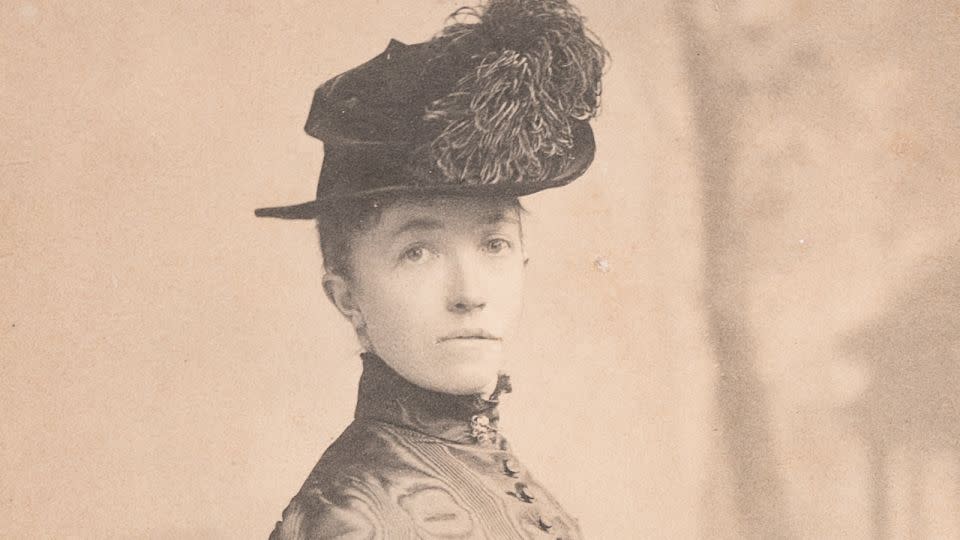
“When she opened the museum in 1903 she mandated that it be free of charge, to gain the appreciation and the attendance of all of Boston,” Stephan Kurkjian, author of “Master Thieves: The Boston Gangsters Who Pulled Off the World’s Greatest Art Heist”, told CNN in the programme. “Her museum, at that point in time, was the largest collection of art by a private individual in America.”
Gardner also had links to the fledgling campaign for women’s political rights. The museum displays the photographs and letters of her friend Julia Ward Howe, an organizer of two US suffrage societies, and a print of Ethel Smyth, a composer and close friend of the English Suffragette leader Emmeline Pankhurst.
Gardner met Smyth through their mutual friend, the painter John Singer Sargent, whose portrait of Gardener raised eyebrows for the low-cut neckline he gave her.
Gardner seemed to enjoy flirting with scandal and gossip: she once arrived at a Boston Symphony Orchestra performance in a hat band emblazoned with the name of her favorite baseball team, Red Sox, and an illustration in a January 1897 edition of the Boston Globe showed her apparently taking one of Boston Zoo’s lions for a walk.
Somewhat ironically, when the Mona Lisa was stolen in 1911, Gardner told her museum guards that, if they saw anyone trying to rob them, they should shoot to kill.
The art not taken
The thieves’ loot is estimated to be worth over half a billion dollars. However, they left the building’s most expensive artifact: “The Rape of Europa” by Titian, which Gardner bought from a London art gallery in 1896, then a record price for an old master painting.
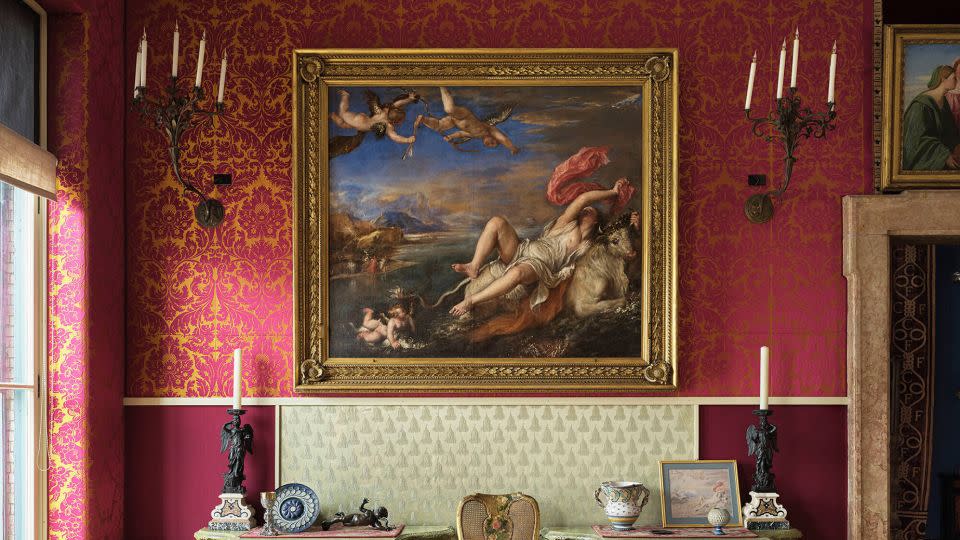
Why commit history’s greatest art heist and leave without the priciest piece in the museum? Well, size may have played a role. The largest artwork taken was Rembrandt’s “Christ in the Storm on the Sea of Galilee,” famous for being Rembrandt’s only seascape and measures roughly 5x4 feet. “The Rape of Europa,” meanwhile, is larger, at nearly 6x7 feet.
The Napoleon factor
Around 2005, the investigation into the stolen artworks took a detour to the French island of Corsica in the Meditteranean Sea. Two Frenchmen with alleged ties to the Corsican mob were trying to sell two paintings: a Rembrandt and a Vermeer. Former FBI Special Agent Bob Wittman was involved in a sting to try and buy them — but the operation eventually fell apart when the men were arrested for selling art taken from the Museum of Modern and Contemporary Art in Nice instead.
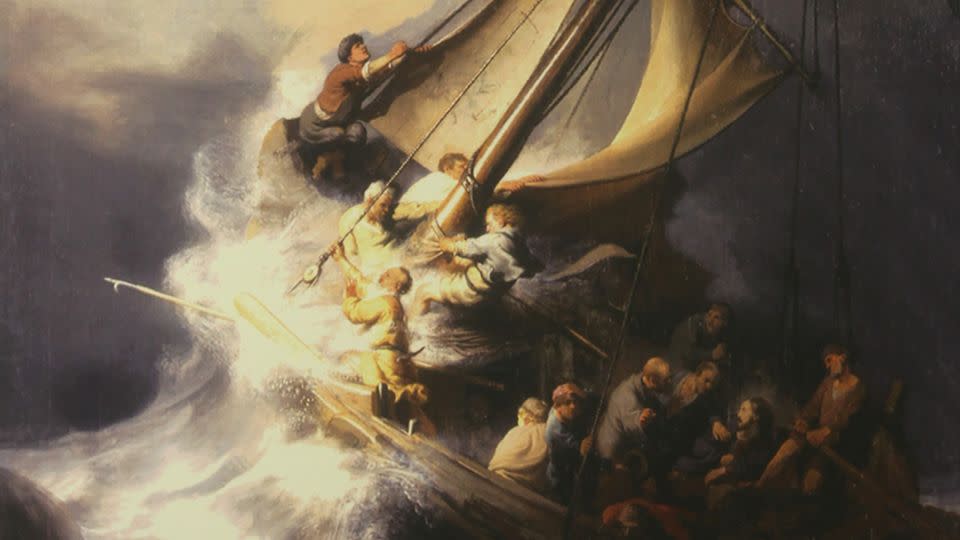
Why would “Corsican mobsters,” as CNN correspondent Randi Kaye described them in the programme, be interested in robbing a Boston art museum? The answer could lie in the Bronze Eagle Finial, the 10-inch ornament stolen from the top of a Napoleonic flag during the heist.
“It was sort of an odd choice for the thieves to take (the Finial),” Kaye said, “but it turns out that Corsica is essentially the homeland of Napoleon.” The French emperor was born on the island in 1769, and a national museum is now housed in his former family home.
“It is a very compelling notion,” Kelly Horan, Deputy Editor of the Boston Globe, said in the programme, “that a Corsican band of gangsters might have tried to steal back their flag and pull off the entire rest of the heist in the process.”
A rock’n’roll suspect
March 18 1990 was not the first time a Rembrandt had been stolen from a Boston museum. In 1975, career criminal and art thief Myles Connor walked into Boston’s Museum of Fine Arts, and walked out with a Rembrandt tucked into his oversized coat pocket. He was the FBI’s first suspect in the Gardner case, however the walls of federal prison — where he was incarcerated on drugs charges — gave him a pretty solid alibi.
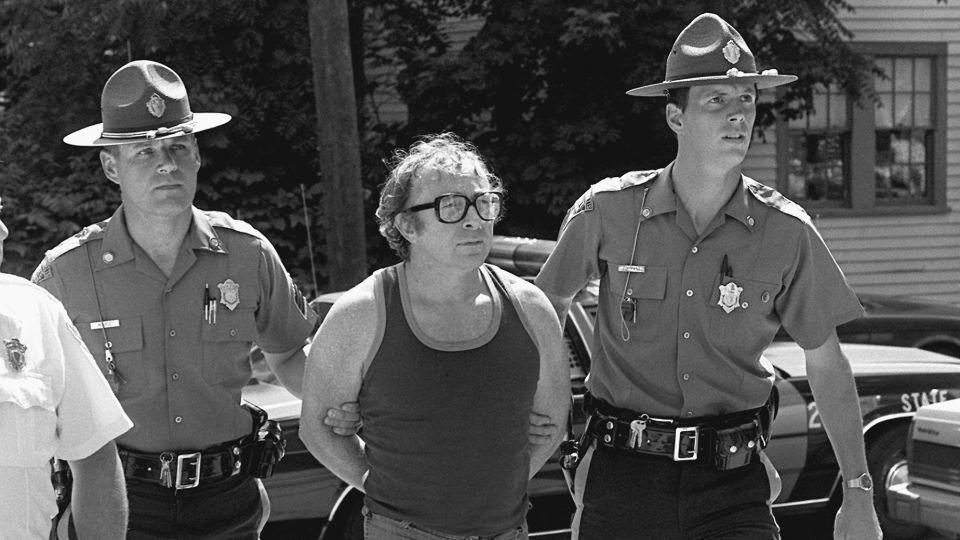
When he wasn’t lifting famous artworks from their displays, Connor was a musician. It was through gigging that he met Al Dotoli, who worked with stars including Frank Sinatra and Liza Minelli.
In 1976 Connor was jailed for a separate art theft committed in Maine. Hoping to use his stolen Rembrandt to leverage a lesser sentence, he needed Dotoli — who was on tour with Dionne Warwick — to turn the painting in to the authorities on his behalf.
An invisible thief?
One of the stolen artworks, Édouard Manet’s “Chez Tortoni,” was taken from the museum’s Blue Room on the first floor. The painting stands out for two reasons, the first being its frame. The thieves left almost all of the frames behind, cutting some out of the front.
“To even leave remnants of the painting(s) behind was savage,” Horan said. “In my mind, it’s sort of like slashing someone’s throat.”
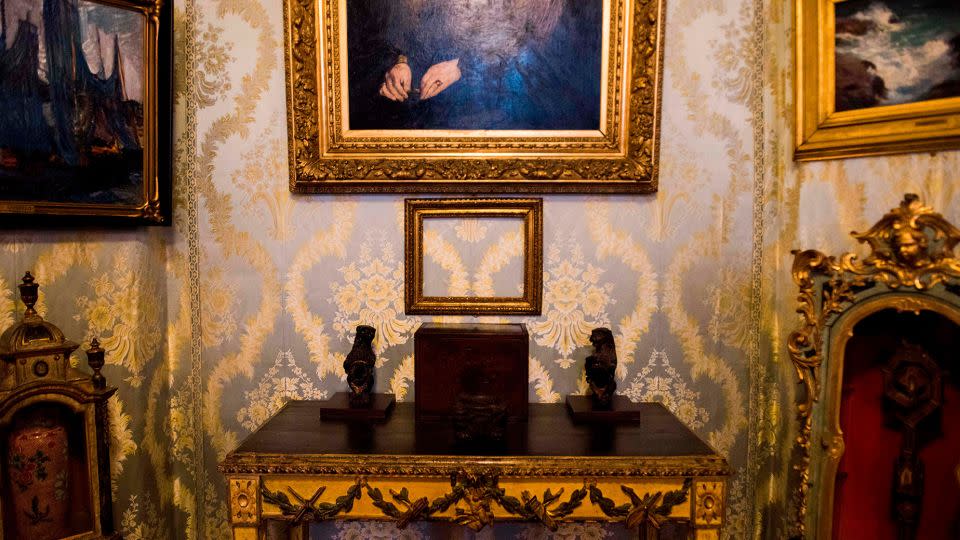
The “Chez Tortoni” frame was unusual for where it was left, though: not in the room it was stolen from, but in the chair of the security office downstairs. Even more remarkable, not a single motion detector was set off in the Blue Room. Bar investigating the possibility of ghost robbers, investigators wondered if this pointed to the plot being an inside job.
“At the FBI we found that about 89% of museum institutional heists are inside jobs,” Wittman said. “That’s how these things get stolen.”
How It Really Happened’s “Gardner Art Heist: Stealing Beauty” premieres on CNN Sunday 19 May, at 9pm ET/PT.
For more CNN news and newsletters create an account at CNN.com


